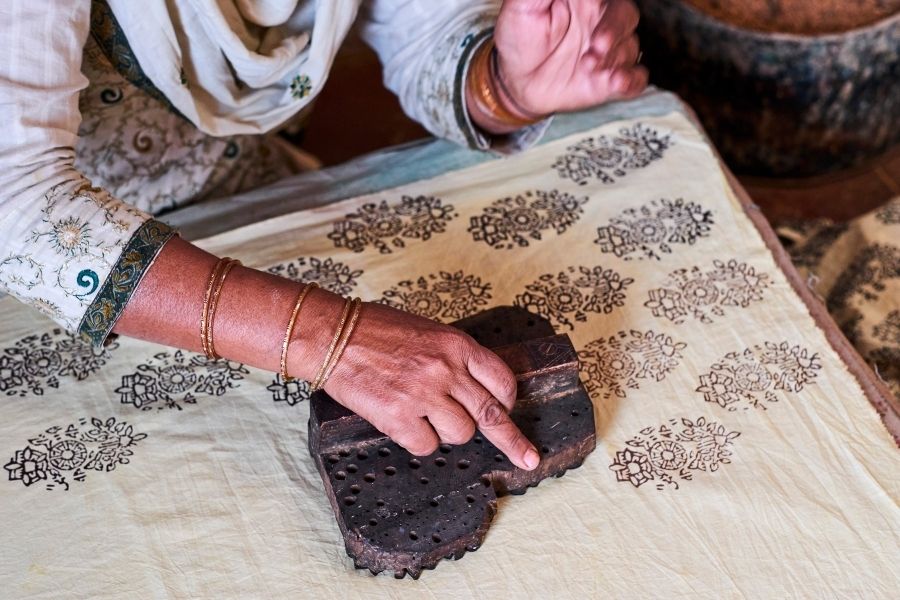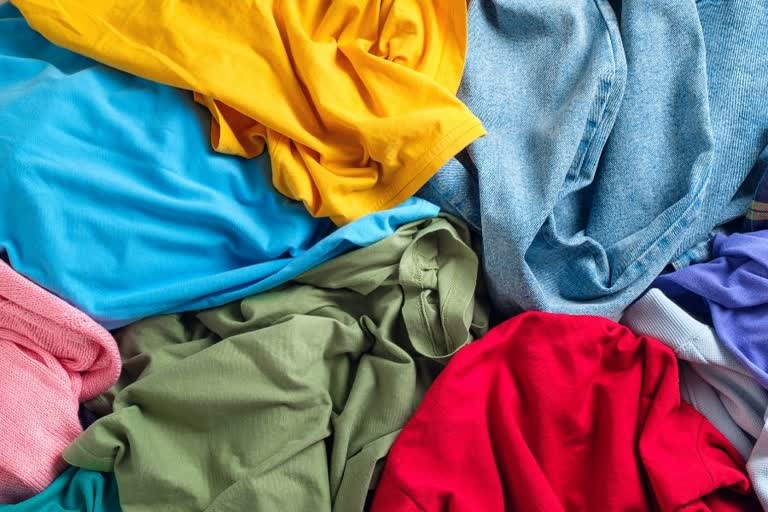"Good clothes open doors," says an old English proverb. While rapid fashion is a daily occurrence, high-quality clothing stands out. They not only last longer, but they also have more style. There are several methods for determining a garment's quality and Prasansha Saha, VP- Design, Reshamandi shares tips.
Quality of Fabrics
Natural fabrics are superior to man-made fabrics in terms of quality. Even with natural fibres, the fabric's finish makes a tremendous difference. The quality of satin weave cotton is higher than that of plain weave cotton with open weaves. Clothing made of a tighter weave fabric is often better than clothing made of loosely woven fabric.
However, there are certain exceptions. A Kota or Chanderi sari, for example, is loosely woven due to the nature of the yarn. A silk georgette fabric is softer than viscose or polyester fabric.
Even man-made fibres are becoming softer these days. Polyester textiles are growing in quality these days, but they are still not as pleasant as silk, cotton, or linen. Natural fibres have a rustic look to them. The shine is faint even with silk.
Organic fabrics, which are superior to natural fabrics, are now available. Because no pesticides are used in the manufacturing process, it is healthier for the body. Organic fabric clothes are frequently accompanied by certificates or labels.
Colour fastness, Printing and Dyeing

A garment that does not bleed and has good colour fastness is unquestionable of greater quality than one that does. Some high-end brands colour their products entirely with natural dyes. In comparison to chemical colours, an organic dye created from natural indigo or pomegranate is not only environmentally benign but also healthy for the skin.
The same may be said about printing quality and procedures. The neatness of the print on printed clothing contributes to the garment's overall quality.
Comfort
It's critical to be at ease. High-quality clothing is frequently more breathable and absorbent of perspiration. Cotton is less absorbent than natural fibres like linen. Similarly, despite perspiration, silk performs nicely. Viscose and modal regenerated fibres are less absorbent. Polyester clothing is often non-breathable and does not absorb sweat. In full man-made fibres, people with sensitive skin may experience body odour or skin rashes.
The Quality of Stitching and Trims
The quality of the stitching and trims used in a garment is a significant aspect in determining its quality. High-quality clothing has even and consistent stitch lines. Unless there is a contrast stitching design, it matches the base fabric. The interior seams will be neatly finished. While multiple seams are utilised to complete the inside of a garment, superior grade garments will not have apparent raw fabric edges. It will either be lined entirely in a different fabric or the seams will be completed with French seams. Even when clothing is mass-produced, the seams are completed with an overlock, which is not regarded as a high-quality finish. On the other hand, low-quality clothing will have raw fabric edges on the inside.
The Fit
No matter how good a garment is if it doesn't fit properly, the quality is compromised. A white shirt is often cut on the bias by many companies. It is preferable in the right fit than one cut parallel because fabric expands better at 45 degrees. A garment that is too loose or too tight does not look attractive. Unless the garment's style is anti-fit, it's critical to wear the correct fit.
Style & Design
A customised designer garment built to your measurements is preferable to a ready-to-wear outfit. The quality of the ensemble is enhanced by the combination of personal style and the application of these criteria. Horizontal stripes make you appear larger, whilst vertical stripes slim you down. A single solid colour creates height, whereas colour blocking adds depth.
Quality of Workmanship
Clothing nowadays has surface embellishment such as printed, embroidered, or additional designs such as braids and tassels. A good garment's workmanship, material, and neatness are all indicators of its quality.
Extra embroidered materials are frequently provided by high-end brands for future use. They also provide particular washing instructions to their customers. Some heavily embroidered clothing must be dry cleaned only, while others must be washed separately and ironed separately.
Pilling
When a garment is composed of low-quality fibres, it begins to pile up with wear and tear. Woollen garments and materials like cotton are frequently the culprits, as discovered after purchase. This can also happen when natural and synthetic fibres are blended together, as in mixes. It's recommended to stick with either 100% natural or man-made fibres. Natural fibre clothing decomposes, however, man-made clothing can be recycled, hence it is healthier for the environment.
Handloom: Power Loom vs Mills
Sarees are an important part of Indian clothing. Be it in terms of designs, colours, or inventive permutations and combinations, a handwoven traditional weave is timeless. A handloom sari may have some weaving slabs or faults, which add to the textile's beauty. A power loom, on the other hand, is speedier but of inferior quality.
(IANS)
Also Read: Top 5 tips to keep in mind while buying Pashmina shawls



